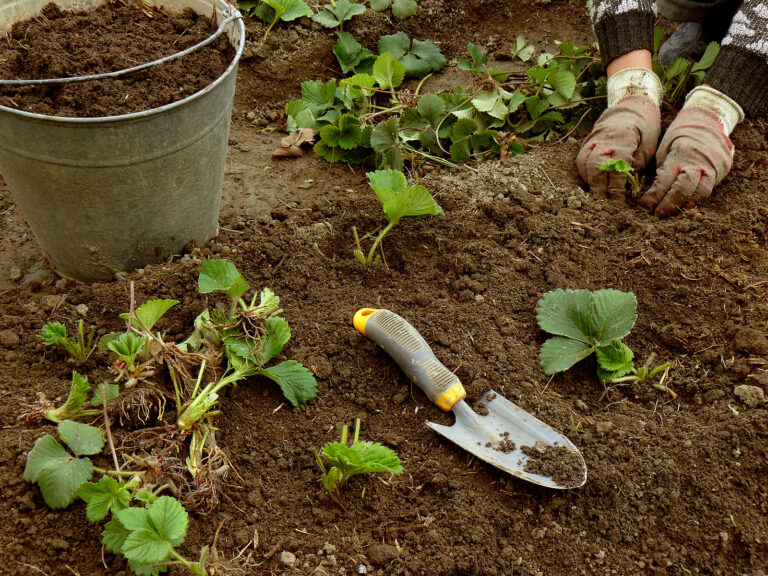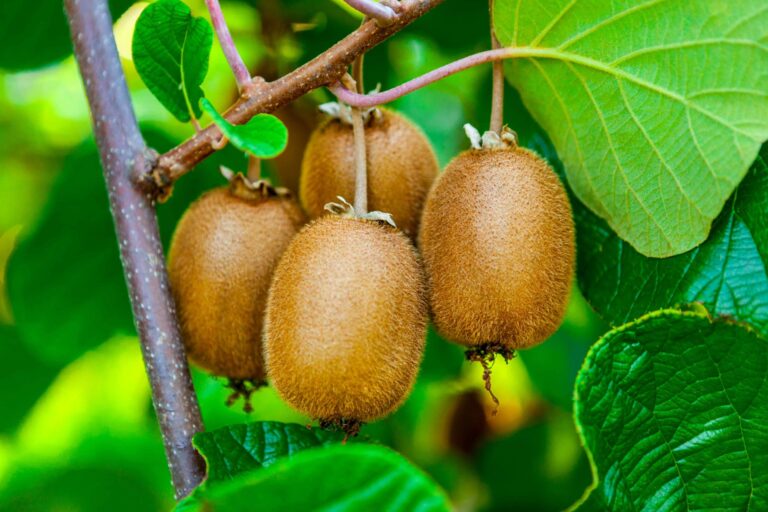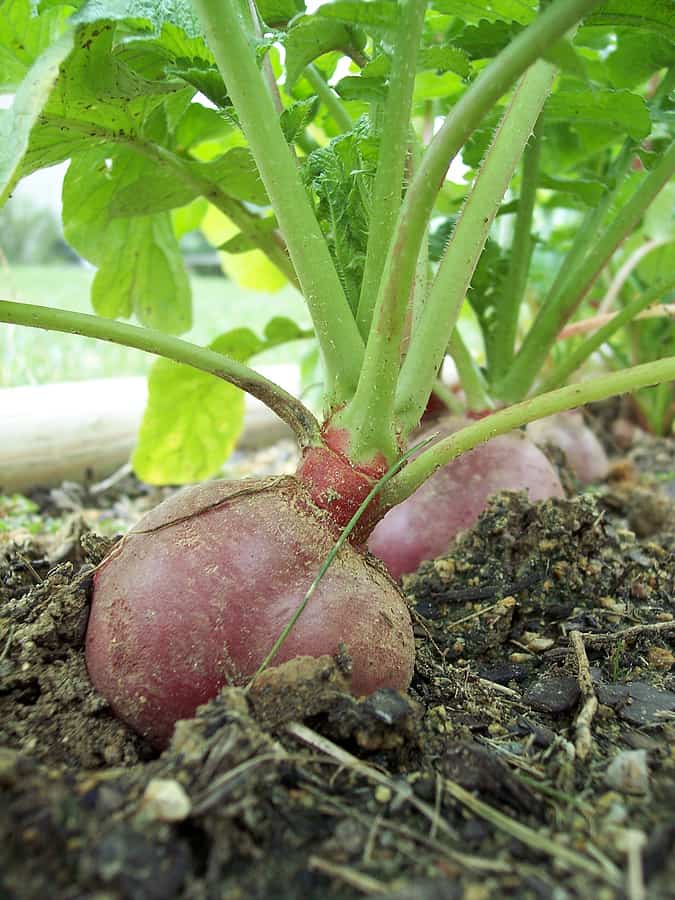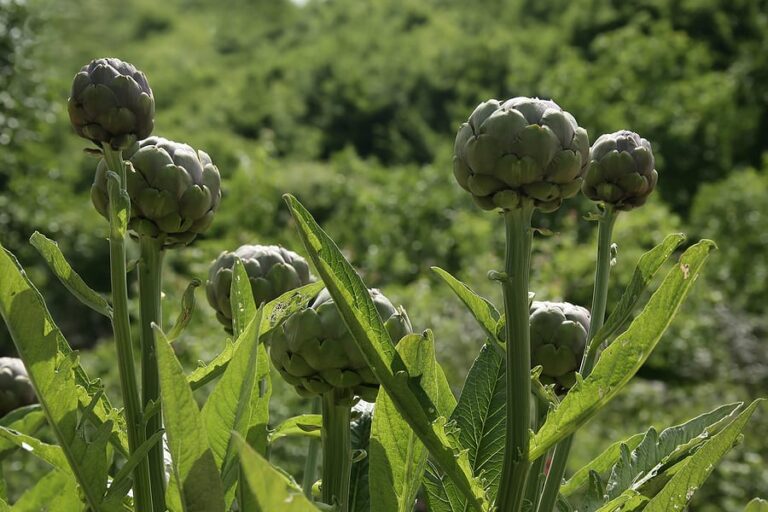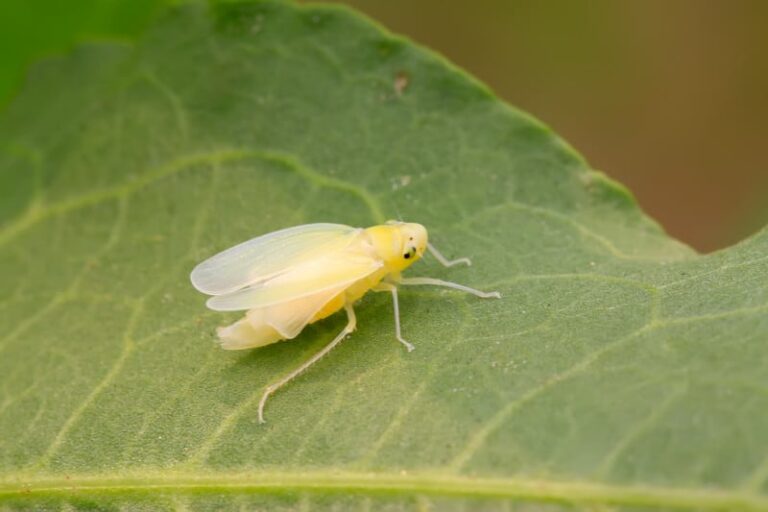Strawberry Problems Solved: Common Pests and Diseases—and How I Handle Them
Growing strawberries is one of the most rewarding parts of my garden, but it doesn’t come without challenges. Over the years, I’ve battled gray mold, slugs, crown borers, and more—and learned some hard lessons along the way. If you’re looking to protect your strawberry patch and keep your plants productive, here’s a detailed guide to the most common strawberry pests and diseases, plus the methods I’ve used to manage them successfully.
🍓 Common Strawberry Diseases and How to Manage Them
Strawberries can be vulnerable to several fungal diseases, especially in wet or humid conditions. Here’s what to watch for—and what I’ve done to keep them in check.
Gray Mold (Botrytis Blight)
- What it looks like: A fuzzy gray coating on blossoms and ripening berries.
- My approach: I harvest daily during damp spells and remove any soft or spotted fruit right away. I’ve had great results spraying compost tea as a natural antifungal—especially during bloom.
Red Stele (Root Rot)
- Symptoms: Plants wilt and fail to thrive; roots appear red or hollow when split open.
- My tip: After a wet spring led to major losses one year, I switched to red stele-resistant varieties like Allstar and Tristar. Always plant in well-drained soil to avoid this issue.
Verticillium Wilt
- What to watch for: Older leaves turn reddish-brown, and young leaves yellow and wilt.
- What I’ve learned: This disease has no cure. I remove affected plants immediately and rotate crops to non-susceptible species. Again, resistant varieties like Delite and Surecrop have saved my harvests.
Leaf Spot
- Signs: Brown or gray speckles on leaves; foliage deteriorates and drops.
- Pro tip: Clean up leaf litter frequently. I also avoid overhead watering to keep leaves dry and reduce spread. Cultivars like Earlibelle and Blakemore have shown good resistance in my garden.
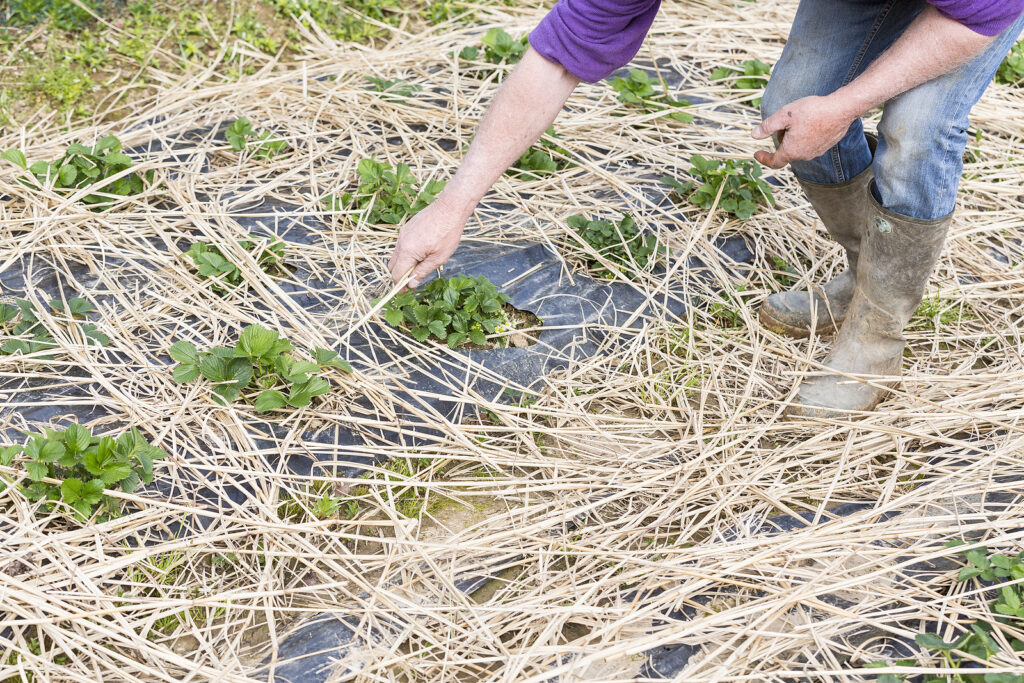
🐛 Pests That Love Strawberries—and How to Beat Them
Strawberries don’t just attract humans—they’re a favorite snack for critters too. Here’s how I’ve protected my patch.
Birds & Mice
- Problem: They’ll pick your patch clean if you let them!
- Solution: I use lightweight floating row covers early in the season and switch to bird netting when fruit begins to ripen.
Crown Moth Larvae (Crown Borers)
- Damage: Larvae hollow out the crown, weakening or killing plants.
- What works: I inspect for signs in spring and fall. Affected plants must be removed. Setting pheromone traps has helped reduce moth populations.
Slugs
- Destruction: They chew through leaves and ripe fruit.
- My method: I handpick at dusk, sprinkle diatomaceous earth around beds, and set out shallow dishes of beer—they’re drawn in and drown.
Tarnished Plant Bug
- Symptoms: Misshapen fruit due to bug feeding during development.
- Fix: I cover developing plants with floating row covers until the fruit begins to set. This barrier method has worked like a charm.
💡 Experience-Based Advice for Disease Prevention
Over time, I’ve found the most effective way to keep strawberries healthy is through prevention:
- Always plant in well-draining soil
- Use mulch like straw to reduce fruit rot and suppress weeds
- Keep beds clean and weed-free
- Plant disease-resistant cultivars
- Rotate beds every 2–3 years to avoid disease build-up
With a bit of observation and timely intervention, you can manage pests and diseases while still enjoying a lush, productive strawberry patch. I’ve learned that healthy plants come from consistency, clean habits, and choosing the right varieties from the start.
🍓 Strawberry Pest & Disease Quick Reference Chart
| Issue | Symptoms | Cause | Solution / Prevention |
|---|---|---|---|
| Gray Mold (Botrytis) | Fuzzy gray coating on flowers and berries | Fungal disease | Remove infected fruit, harvest frequently, apply compost tea |
| Red Stele | Wilted plants, red roots, few side roots | Root rot (fungus) | Remove plants, plant resistant varieties (Allstar, Tristar) |
| Verticillium Wilt | Red/brown older leaves, yellowing young leaves | Soil fungus | Remove infected plants, rotate crops, use resistant varieties |
| Leaf Spot | Brown/gray spots on leaves, premature leaf drop | Fungal disease | Clean up fallen leaves, avoid overhead watering |
| Birds | Missing or pecked fruit | Wildlife | Cover plants with bird netting or row covers |
| Crown Moth Larvae | Hollowed-out crown, plant collapse | Insect larvae | Remove infected plants, use traps for adult moths |
| Slugs | Holes in leaves and fruit, slime trails | Garden pest | Handpick, use beer traps, diatomaceous earth around beds |
| Tarnished Plant Bug | Misshapen or “cat-faced” fruit | Insect feeding on buds | Use row covers during early fruiting |
🛠️ Pro Tips:
- Always use clean tools when handling infected plants.
- Avoid overwatering and maintain good air circulation.
- Choose disease-resistant strawberry cultivars for best results.
Related Posts:
🌱 Getting Started with Strawberries
- How to Grow Strawberries: A Complete Guide From My Garden to Yours
- Strawberry Planting Calendar: What to Plant and When
- How to Plant and Grow Strawberries
- How to Plant Strawberries: Step-by-Step
- Indoor Strawberry Starts: How and When to Begin
- Best Climate and Site for Growing Strawberries
🍓 Choosing Strawberry Varieties
- Strawberries: June-bearing vs Ever-bearing vs Day-neutral Varieties — What’s Best for Your Garden
- Strawberry Varieties by Region: The Best Picks for U.S. Gardeners
- June-Bearing Strawberry Varieties: A Complete Growing Guide
- Guide to Alpine Strawberries: Tiny but Tasty
- Growing Strawberries in Hot Summer Regions Including Best Varieties
🪴 Growing Techniques & Care
- Watering, Feeding, and Caring for Strawberries the Right Way
- Container Growing Strawberries: Space Saving Tips
- Propagating Strawberries from Runners
- Strawberry Problems Solved: Common Pests and Diseases—and How I Handle Them
🌞🌨️ Growing by Climate & Season
- Growing Strawberries Year-Round in Warm Climates: A Gardener’s Guide
- Fall and Winter Strawberry Care: Cold Climate Tips for Healthy Spring Growth
- Planning a Year-Round Strawberry Harvest
🍽️ Harvest & Enjoy



